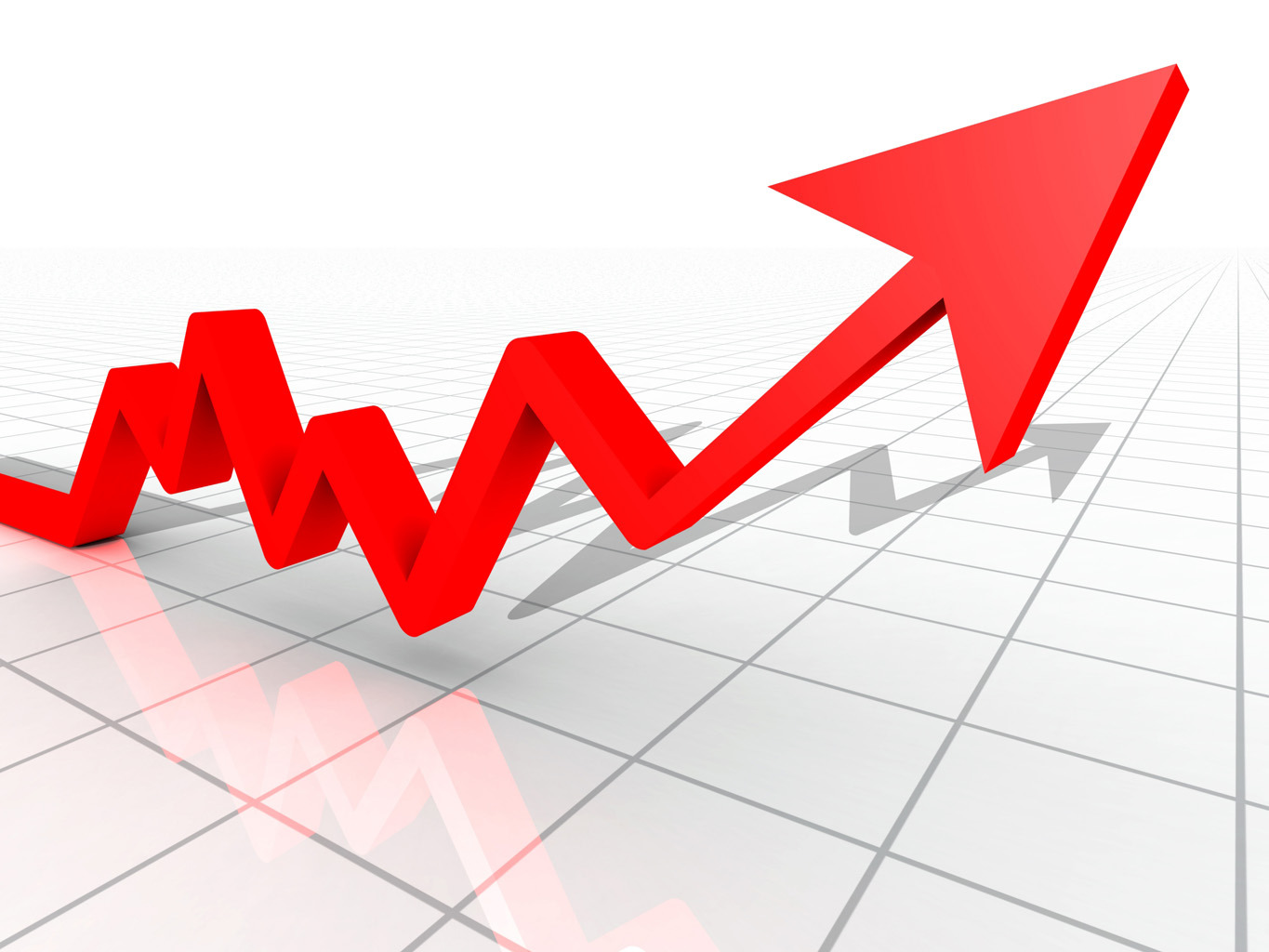The inflation rate in the 12 months ending Shahrivar (August 22 - September 21) increased to 21.1 percent from 14, the central bank reported on Friday.
The consumer price index (CPI) in urban areas reached 202.0 in Shahrivar, showing 1.4 percent growth compared to the previous month. The index showed 14.4 percent rise in Shahrivar compared to the same month last year.
Iran has experienced high inflation in recent years, owing to both domestic policy – including a subsidy reform plan, related cash handouts and expansionary funding of housing schemes – and the impact of western sanctions, which intensified in 2010 over a dispute with the west on Tehran’s nuclear energy program.
It accelerated in 2013 as both the official and unofficial exchange rates weakened sharply and trade restrictions prompted shortages.
Inflation averaged 39 percent in 2013 (calendar year). However, the new government has focused on taming inflation, which has trended down from a peak of 45.1 percent year on year in June 2013 to 14.6 percent in July 2014; in the January-July period inflation averaged 18.9 percent year on year. A sharp downward trend in food price inflation, helped by weak global prices, has also contributed significantly to lower inflation.” The report said.
Earlier this month, Iranian President Hassan Rouhani said the Islamic Republic will witness an inflation rate far below 20 percent at the end of the year. “I announce to the Iranian nation that we have fortunately left behind stagnation,” Rouhani said.
Iran and the P5+1 group – the US, Britain, France, China, Russia and Germany – have a November 24 deadline to reach a comprehensive deal over Tehran’s nuclear energy program. The deal is expected to help lift the sanctions in exchange for Iran limiting parts of its nuclear activities.


